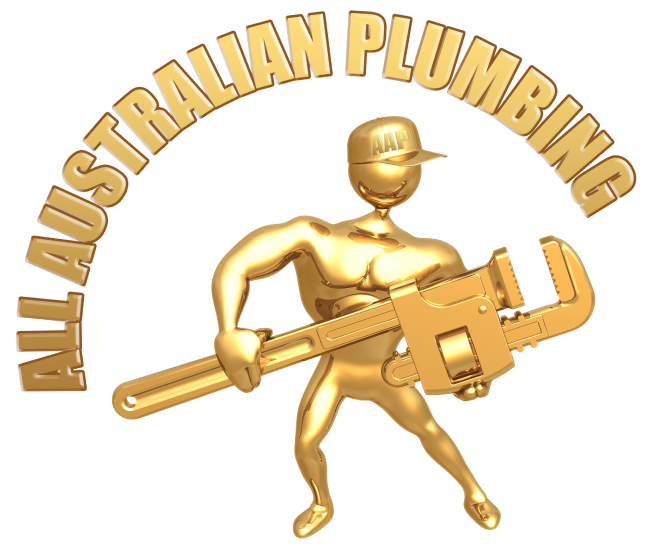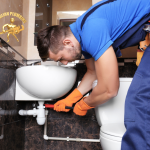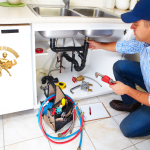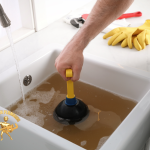Commercials gas fitting involves the installation, service, and maintenance of gas systems and appliances in commercial environments. Unlike residential settings, commercial gas fitting typically deals with larger-scale operations which may include extensive piping networks, industrial-grade appliances, and systems designed to support restaurants, schools, hospitals, and other large facilities. The work is critical to ensure that these systems operate efficiently, safely, and are compliant with strict industry regulations.
How Does It Differ from Residential Gas Services?
The primary difference between commercial and residential gas fitting lies in the complexity and scale of the installations. Commercial gas systems often require higher capacity fittings, robust safety mechanisms, and more intricate configuration to accommodate heavy usage and larger spaces. Additionally, commercial projects must adhere to stricter safety and building codes and often involve coordination with other construction and engineering professionals to integrate gas fitting into broader structural designs.
Essential Roles of a Gas Plumber in Commercial Settings
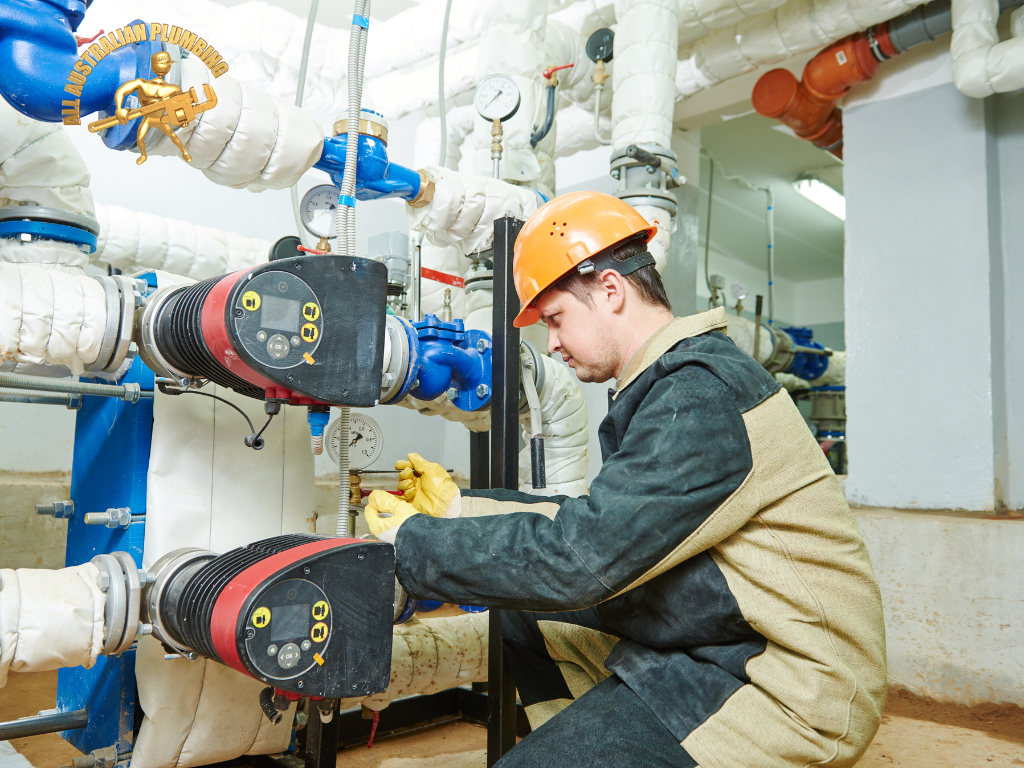
What Responsibilities Does a Gas Plumber Have in Commercial Projects?
In commercial settings, a gas plumber is responsible for planning, installing, and maintaining gas pipelines and appliances that meet the specific needs of businesses. This includes conducting site assessments, preparing installation plans, ensuring all fittings and installations comply with national and local codes, and coordinating with other professionals to integrate gas systems with other building operations. Their role is crucial in ensuring that all gas appliances, such as large commercial kitchens and industrial boilers, are installed correctly and operate safely.
Why Is Professional Expertise Critical in Commercial Gas Fitting?
Professional expertise is paramount in commercial gas fitting due to the high stakes involved in safety and operational efficiency. Incorrect installation or maintenance can lead to gas leaks, which are hazardous and can cause explosions or fires. Experienced gas plumbers bring a depth of knowledge in handling complex systems, staying updated with the latest technologies, safety practices, and regulatory changes, which are crucial for preventing accidents and ensuring efficient energy use.
Types of Commercial Gas Appliances and Systems
What Are Common Gas Appliances Used in Commercial Settings?
Common gas appliances in commercial settings include large-scale heating systems, commercial kitchen equipment (stoves, ovens, grills), boilers, and HVAC systems that require gas to operate. These appliances are designed for high performance and durability to handle continuous use in demanding environments such as restaurants, schools, and manufacturing facilities.
Overview of Gas Systems in Commercial Buildings
Commercial buildings often feature sophisticated gas systems that include a network of pipes and valves designed to deliver gas safely and efficiently across different parts of the building. These systems must be meticulously designed to maintain optimal pressure, prevent leaks, and ensure accessibility for ongoing maintenance and emergency shutoffs. They often integrate with safety systems like gas detectors and ventilation systems to enhance security and compliance with health and safety standards.
Planning and Installing Commercial Gas Systems
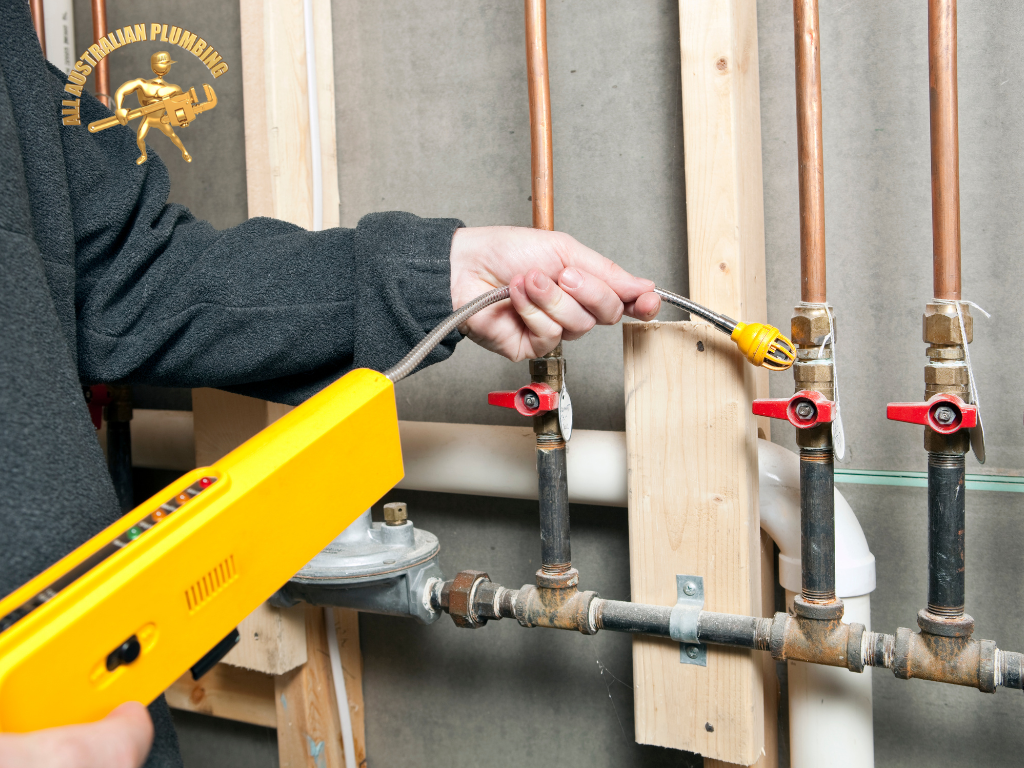
Key Considerations When Planning Gas Installations for Businesses
When planning gas installations, key considerations include the specific energy needs of the business, the layout of the building, local codes, and potential future expansions. It’s important to design a system that not only meets current needs but is also scalable. Safety, efficiency, and minimal disruption to the business during installation are also crucial factors.
Steps Involved in Installing Commercial Gas Appliances
The installation process typically starts with a detailed design and blueprint that outlines the placement of pipes and appliances. Following this, a team of experienced gas plumbers executes the installation, which involves laying pipes, installing appliances, and testing the system to ensure everything operates as intended. This phase ends with a rigorous safety check and final adjustments to optimize the system for the specific demands of the commercial environment.
Safety Protocols and Compliance in Commercial Gas Fitting
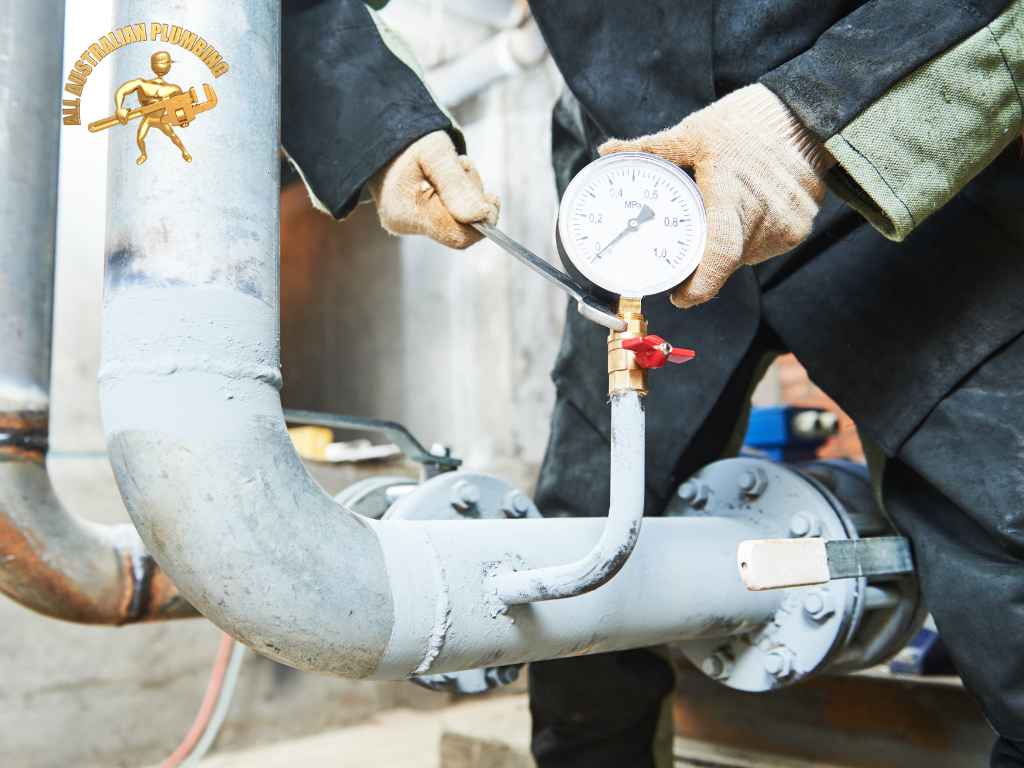
What Safety Standards Must Be Adhered To?
In commercial gas fitting, adherence to national and local safety standards is crucial to ensure the safety of all facility users and the general public. These standards typically include regulations regarding the installation, ventilation, and operation of gas systems, aiming to prevent leaks and accidents. Key standards often refer to the Australian Gas Standards, including AS/NZS 5601 for gas installations, which outline the requirements for gas fitting procedures, materials, and safety devices.
The Role of Gas Plumbers in Ensuring Compliance
Gas plumbers play a vital role in ensuring that all commercial gas fittings comply with the latest safety standards. Their responsibilities include staying updated with ongoing changes in regulations, applying for the necessary permits, conducting thorough testing and certification of the gas systems, and ensuring that all installations are up to code. They also provide crucial documentation and guidance on maintaining compliance over the lifespan of the gas appliances and systems.
Maintenance and Servicing of Commercial Gas Systems

Routine Maintenance Requirements for Commercial Gas Appliances
Routine maintenance is essential to ensure the efficiency, safety, and longevity of commercial gas appliances. This includes regular checks for leaks, ensuring that all connections are secure, inspecting the integrity of gas lines, and servicing appliances like commercial ovens, stoves, and heating systems to keep them operating efficiently. Preventative maintenance helps avoid costly repairs and downtime by addressing potential issues before they develop into serious problems.
How Often Should Commercial Gas Systems Be Inspected?
The frequency of inspections can vary based on the type of equipment, usage patterns, and local regulations, but typically, commercial gas systems should be inspected at least annually. More frequent inspections may be necessary for systems that are critical to business operations or those that operate under more strenuous conditions. Staying on top of these inspections not only ensures compliance with safety regulations but also enhances operational efficiency and safety.
Upgrading and Retrofitting Commercial Gas Systems
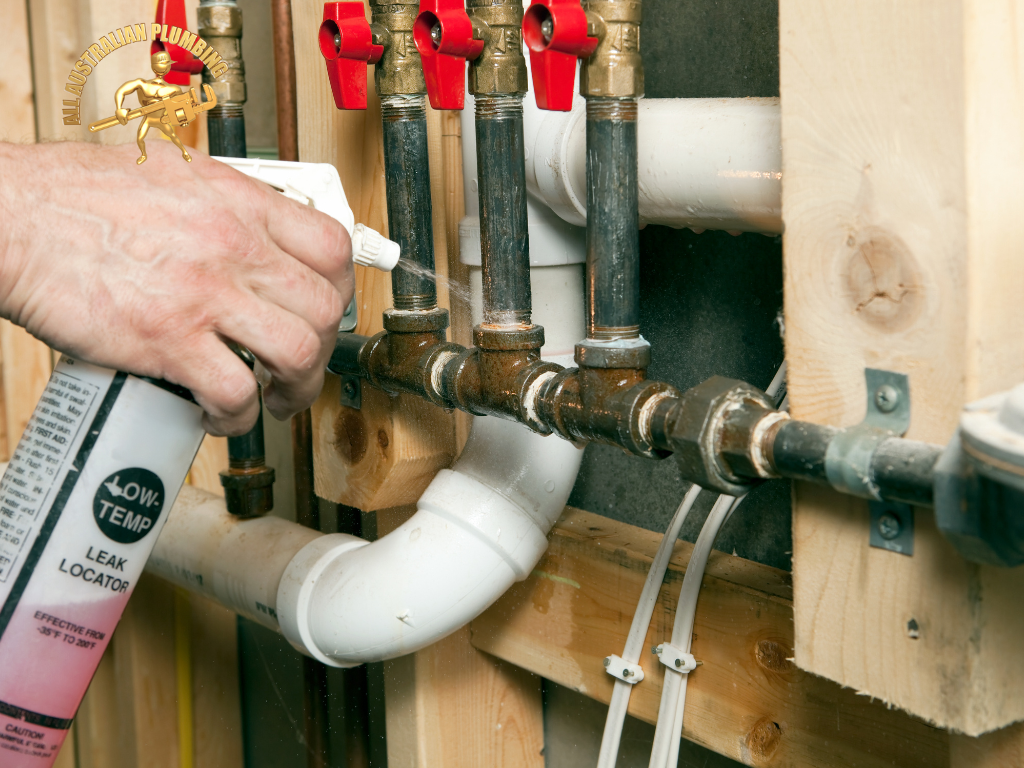
When and Why Should Commercial Gas Systems Be Upgraded?
Upgrading commercial gas systems may become necessary for several reasons, including outdated technology, increased energy efficiency standards, or changes in business needs. Upgrades can improve system efficiency, reduce energy costs, and enhance safety features. Additionally, newer systems often have improved functionalities and are compatible with modern energy management technologies, offering better control and monitoring capabilities.
Considerations for Retrofitting Older Gas Systems
Retrofitting older gas systems involves updating components rather than replacing an entire system, which can be a cost-effective way to enhance efficiency and compliance with current standards. Considerations for retrofitting include the age of the existing system, compatibility of new parts with old systems, potential improvements in energy efficiency, and the overall cost-benefit analysis of the retrofit compared to a full system replacement. It’s crucial to consult with experienced gas plumbers who can provide expert advice on the best options tailored to the specific needs and constraints of the business.
Choosing the Right Gas Plumber for Commercial Needs
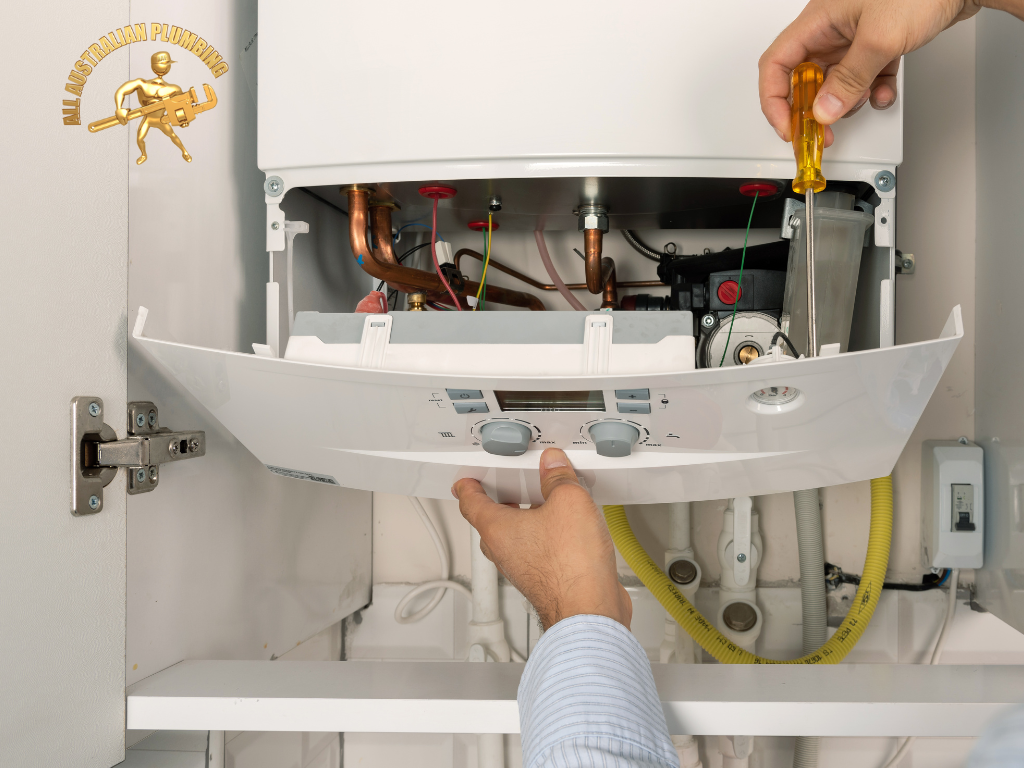
What to Look for in a Commercial Gas Plumber?
When selecting a commercial gas plumber, key attributes to consider include their licensing, experience in commercial projects, and a proven track record of reliability and professionalism. A reputable gas plumber should have transparent client testimonials and case studies that showcase their expertise and success in similar projects. It’s also important to ensure they are familiar with the latest technology and methods in gas fitting, which can contribute significantly to the efficiency and safety of the installation.
Certifications and Experience Necessary for Commercial Gas Projects
Certifications are crucial as they demonstrate a gas plumber’s adherence to industry standards and their competency in handling complex commercial projects. Look for certifications from recognized industry bodies such as the Master Plumbers Association or similar regulatory authorities that oversee gas safety and standards. Experience in diverse commercial environments, such as restaurants, hospitals, and industrial settings, is also invaluable as it equips them with the knowledge to handle specific challenges and requirements of such spaces.
The Importance of Continuous Training for Commercial Gas Plumbers
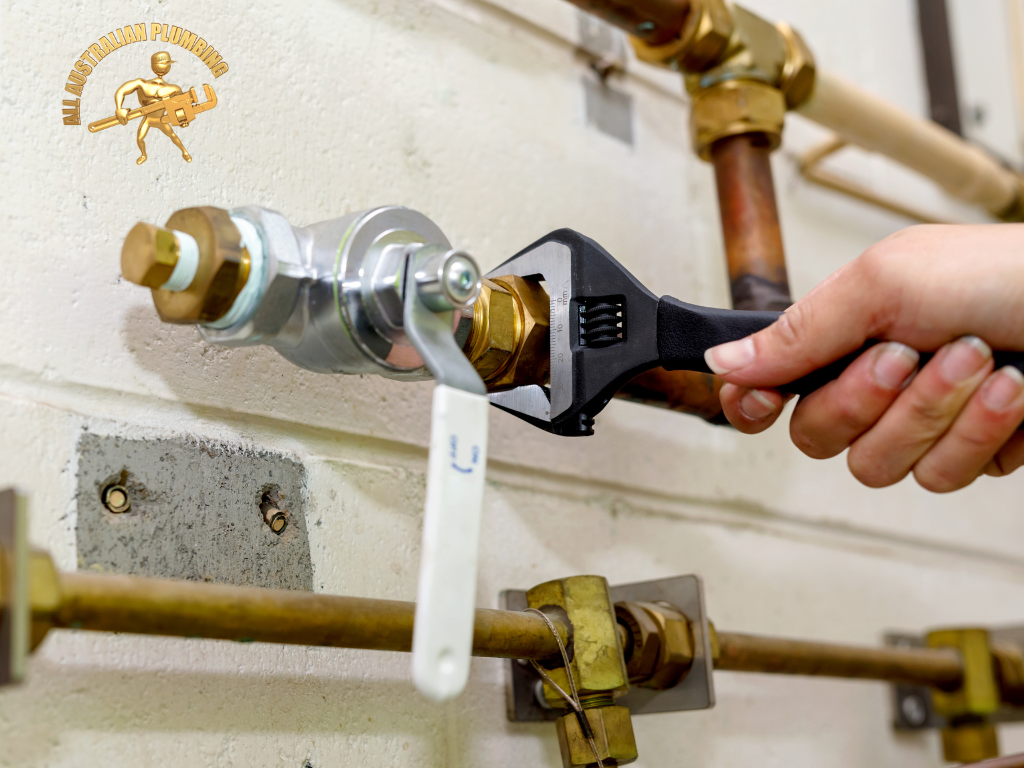
Why Is Ongoing Education and Training Important for Gas Plumbers?
Continuous education and training ensure that gas plumbers stay updated with the latest safety regulations, gas fitting techniques, and technological advancements. The gas industry is continually evolving, and staying informed about new laws and products helps plumbers maintain high standards of safety and efficiency. Ongoing training also reinforces best practices and helps in troubleshooting and managing emergency situations more effectively.
How Does Training Impact the Safety and Efficiency of Gas Installations?
Training impacts the safety and efficiency of installations by equipping gas plumbers with the skills needed to implement the most current and effective solutions. Well-trained plumbers are more adept at planning and executing complex installations, conducting thorough safety checks, and ensuring that all systems are optimized for performance and compliance. This reduces the risk of errors and accidents, leading to safer environments and more reliable gas systems.
Conclusion
The future of commercial gas fitting looks toward increased integration of technology such as automation and smart monitoring systems that can predict maintenance needs and optimize energy usage. The demand for environmentally sustainable and energy-efficient gas solutions is also expected to rise. As the industry progresses, the focus will likely shift towards innovations that offer greener alternatives and systems that integrate seamlessly with renewable energy sources, reflecting broader environmental and economic trends.
